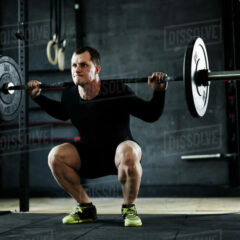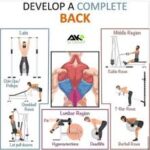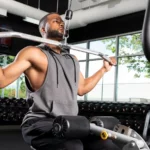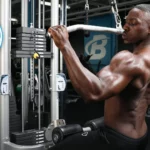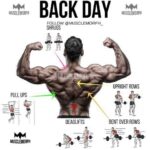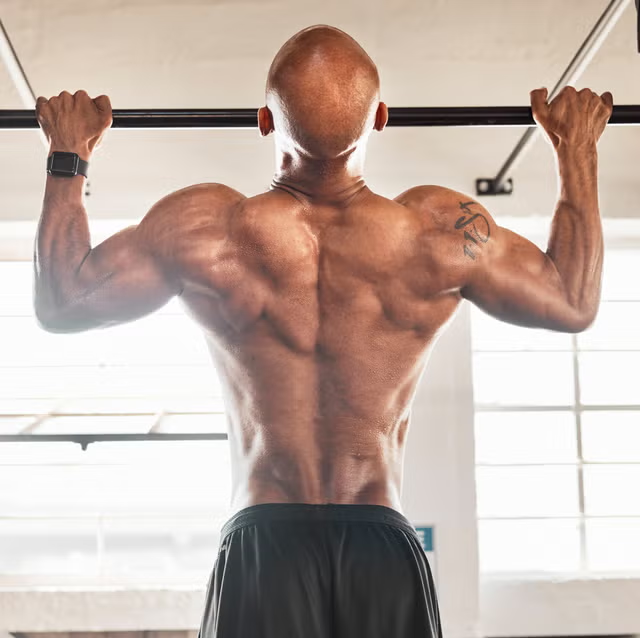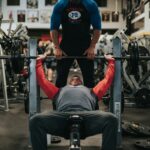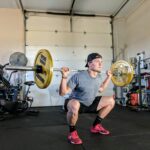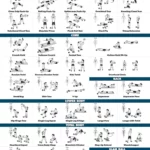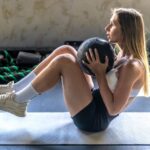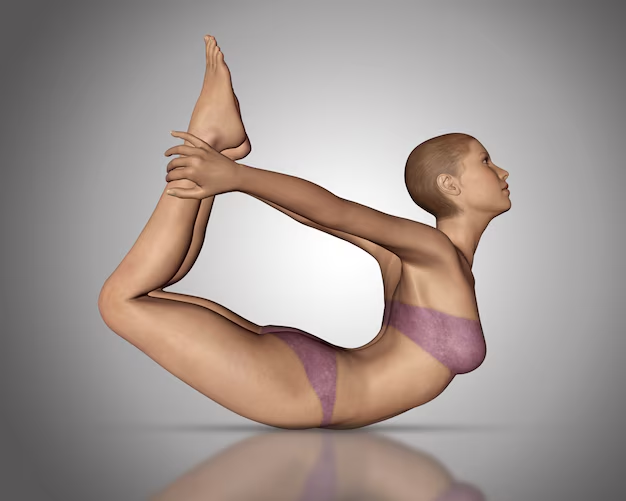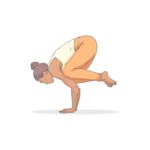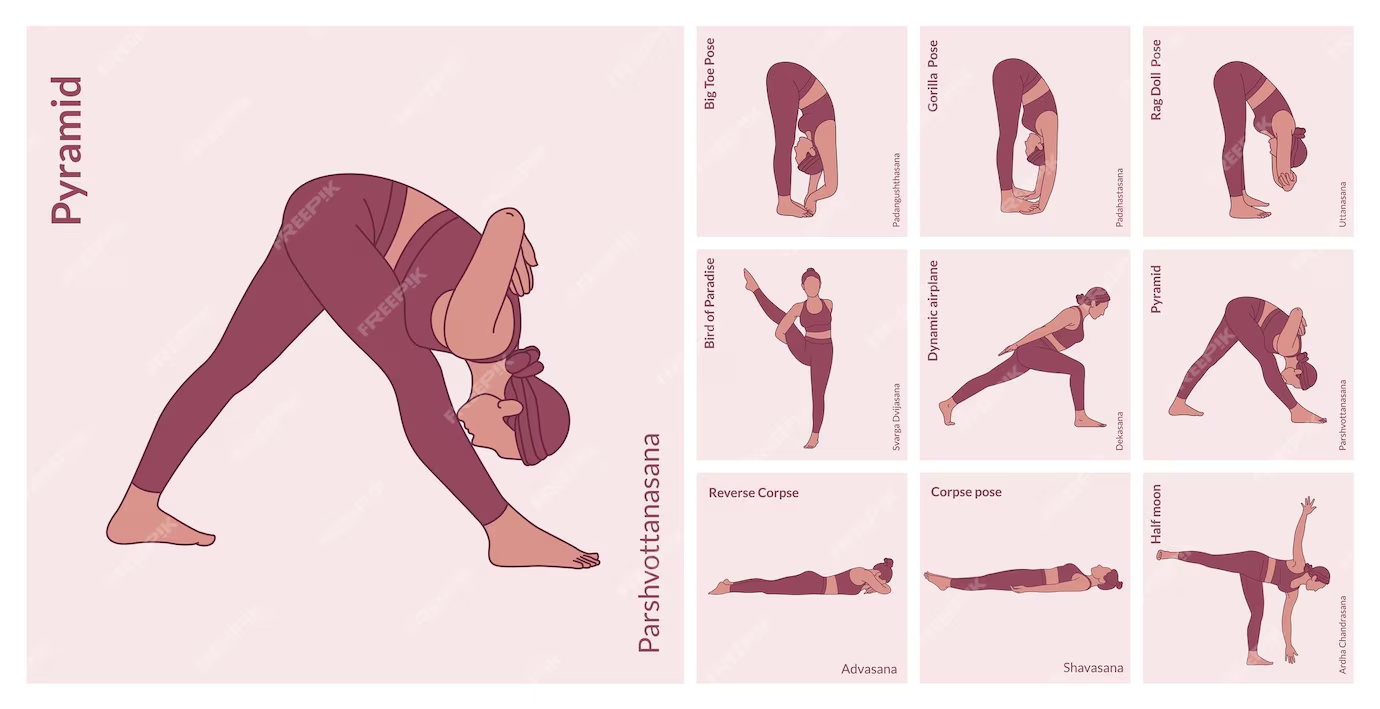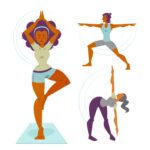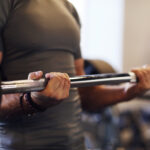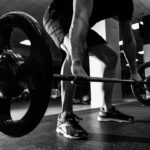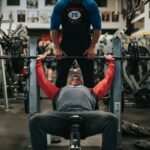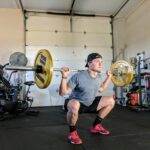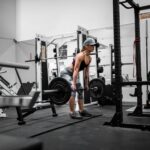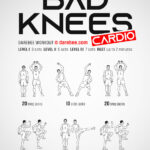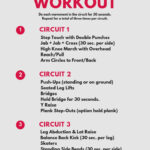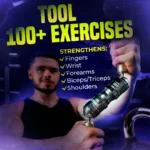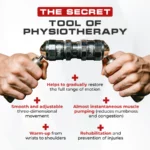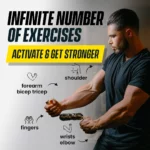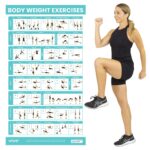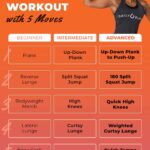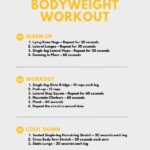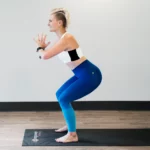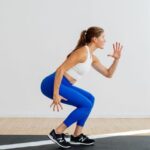https://weightliftingforpower.com/bodybuilding-exercises-for-men-and-women/
Bodybuilding Exercises For Men And Women
Bodybuilding isn’t just about lifting heavy weights; it’s a lifestyle deeply rooted in discipline and dedication. Understanding bodybuilding can help lay a strong foundation for anyone starting. At its core, bodybuilding focuses on hypertrophy—increasing muscle size. But it’s not just about getting bigger muscles. It’s about sculpting your physique, boosting strength, and enhancing overall health.
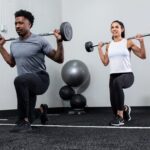
Bodybuilding exercises often target major muscle groups like the chest, back, arms, and legs for both men and women. While women’s routines might sometimes focus more on lower body development and men’s on the upper body, the differences aren’t as stark as some might believe. What’s essential is tailoring workouts to individual goals, preferences, and even body types to get the best results.
When embarking on a bodybuilding journey, understanding the key principles is key: hypertrophy—or muscle growth, resistance training, and the all-important recovery. Each plays a critical role in ensuring effective muscle development; balancing these elements is essential for success.
Crafting a customized bodybuilding plan can seem daunting, but it’s all about knowing your body. Factors like metabolism, genetic makeup, and personal goals should shape your regimen. It’s not one-size-fits-all because everyone’s body reacts differently to exercise.
Ultimately, stepping into bodybuilding is about more than just the physical changes. It’s a shift in mindset. Knowing these basics acts as a compass, guiding your journey toward strength, confidence, and personal transformation.
Top Bodybuilding Exercises: Proven Routines for Everyone
Building a practical workout routine is central to bodybuilding success. Start with the essential compound exercises like squats, deadlifts, and bench presses, which target multiple muscle groups and significantly boost strength. These foundational movements provide a solid base for any routine, enhancing muscle coordination and promoting balanced development.
Focusing on isolation exercises helps in zeroing in on specific muscles. For example, bicep curls concentrate on arm strength and definition, while tricep extensions do wonders for the backs of the arms. Including these moves alongside compound exercises creates a well-rounded workout, ensuring every muscle gets adequate attention.
Adapting exercises to suit the specific needs of men and women means acknowledging physiological differences and fitness goals. Men emphasize arm and chest development, whereas women focus more on legs and glutes. However, it’s vital to remember that exercises themselves don’t change based on gender — it’s the emphasis within a balanced regimen that does.
Safety remains paramount in any bodybuilding routine. Getting the form right can prevent injuries and increase effectiveness. It’s also wise to have a spotter for heavy lifts. Understanding your body’s limitations helps, too, so listen when your body says it’s had enough.
Progressive overload is an invaluable technique here. It involves gradually increasing your weight to help muscles grow stronger over time. Keeping track of your lifting stats and consistently challenging yourself are practical ways to see real progress. As the muscles adapt, they need new challenges for continued growth.
Diet and Nutrition: Fueling Your Bodybuilding Journey
Regarding bodybuilding, the phrase ‘you are what you eat’ holds a lot of truth. Nutrition plays a massive role in shaping your physique and influencing performance. Understanding macronutrients is crucial. Proteins are the building blocks of muscle, aiding repair and growth after strenuous workout sessions. Carbs often provide the energy needed to hit those intense training sessions, while fats support hormone production and overall health.
Meal planning can be a game-changer in any bodybuilding journey. A structured meal plan helps ensure the body gets all the essential nutrients for muscle growth and recovery. Think of your meals as tools; the right combination of nutrients can optimize your body’s potential during training.
The world of supplements can initially seem overwhelming, but it doesn’t have to be. Supplements like protein powders, BCAAs, and creatine can support your dietary goals if used correctly. They’re not replacements for meals but can be beneficial in meeting nutritional needs when food alone isn’t enough. Educating yourself on what each supplement does helps you make better choices.
Hydration seems simple, yet it is vital for performance and recovery. Staying well-hydrated helps transport nutrients and regulate muscle function. Make water your go-to drink, and consider beverages like BCAA drinks for workouts if they fit your plan.
It’s important to remember that everyone’s body is different, so individuals’ dietary needs can vary widely. Personalizing your nutrition to suit your body’s specific requirements can make all the difference in achieving your bodybuilding goals.
Overcoming Common Challenges in Bodybuilding: Tips and Strategies
Plateaus can be frustrating, seeming like your progress has hit a wall. The trick is switching routines to keep muscles guessing and pushing your body out of its comfort zone. It might mean changing reps, weights, or even your exercises.
Balancing bodybuilding with life’s other demands can be tricky. Sticking to a strict training schedule between work, family, and social commitments may feel overwhelming. Flexibility becomes key here. Sometimes, shorter, more intense workouts fit perfectly into a busy day while keeping you on track.
Another common hurdle is keeping motivation high. Building mental toughness involves setting realistic goals and tracking achievements along the way. Celebrating small victories can create a positive cycle of motivation.
If not handled correctly, injuries can set back progress. Understanding common ones like strains or tendonitis helps in prevention. Listening to your body and allowing time for proper recovery is critical, and don’t shy away from seeking professional advice when needed.
Rest and recovery can often be overlooked but are essential for muscle growth. Muscles need time to repair after a workout, so giving them a breather is as crucial as pushing them during training. Embracing rest days and focusing on quality sleep can make training efforts more effective
https://www.wealthyaffiliate.com?a_aid=352a86b2
https://youtu.be/JPTwaSapykE?si=YZJeWaJQXuqyczwD
https://weightliftingforpower.com/best-exercises-for-strength-training/
